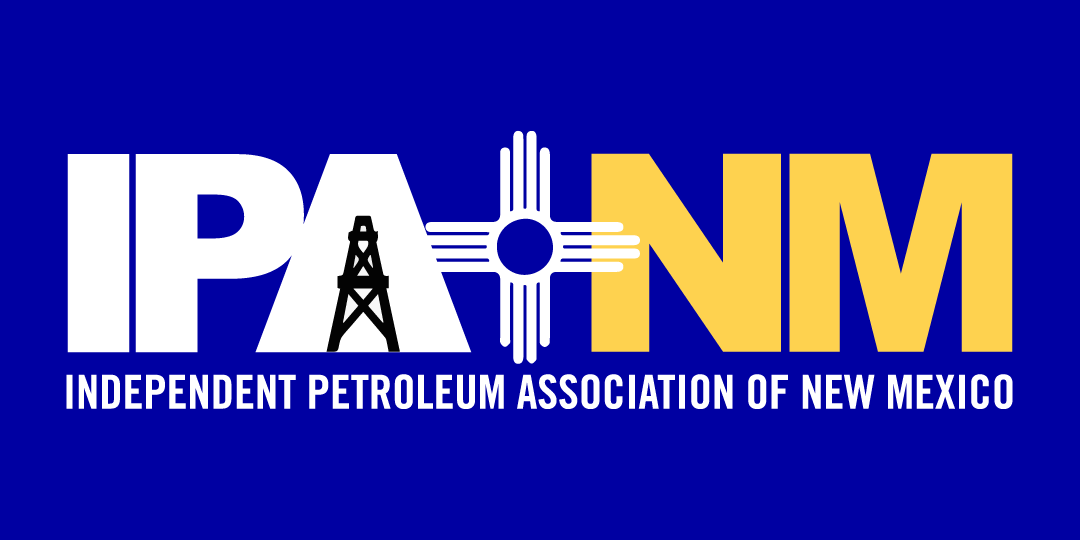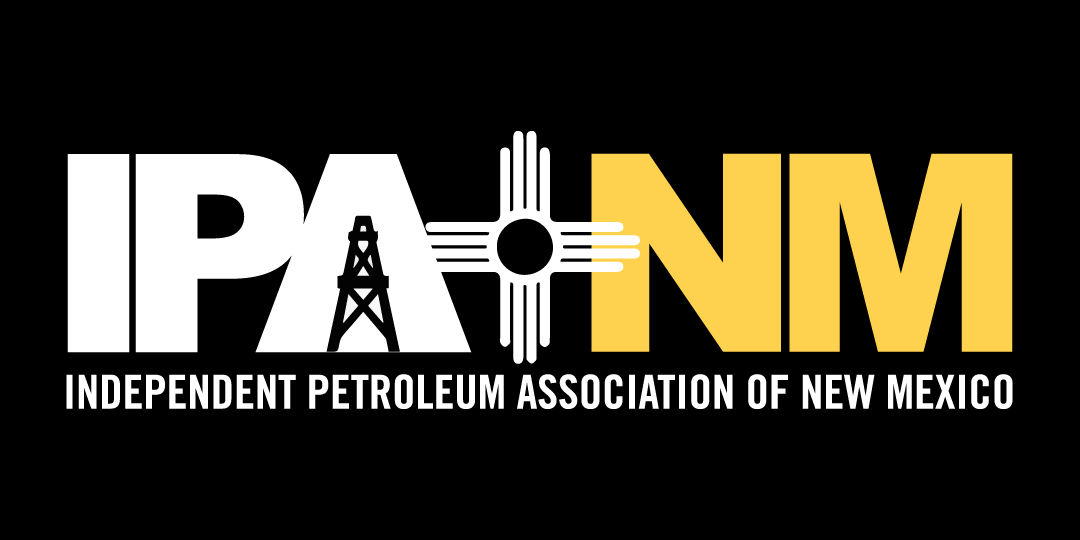As the current Presidential administration draws to a close, bureaucrats at the BLM are feverishly moving forward with amending existing regulations. In addition to direct attacks on industry with the venting and flaring regulations and the revamped Onshore Orders #3, #4, #5 and #9, they are quietly revamping the processes by which the public may be involved in stopping activities on federal lands. These indirect attacks, under the guise of process overhauls, may have greater impact on industry–particularly if we are not engaged now and the environmental community manages to have only their voice heard. One such example is the overhaul of the process for which Resource Management Plans will be completed. The BLM is calling this major overhaul “Planning 2.0 initiative” in the hopes that industry will overlook the impacts. On February 25th, the BLM published the proposed rule in the Federal Register, and we have until April 25th to respond to it. A copy of the 63 page rule is linked here. According to the BLM fact sheet, the main points are (points of concern are highlighted in RED):
Highlights of the Proposed Rule
Early Public Involvement. The proposed rule would establish several new opportunities for early public involvement during the planning process. The public would be provided opportunities to submit data and information and to review preliminary versions of key planning documents including a preliminary statement of purpose and need, preliminary alternatives and their rationale, and preliminary procedures, assumptions, and indicators to be used in the effects analysis. Translation: The public would be able to slow the process down.
Planning Assessment. The proposed rule would require the development of an upfront planning assessment prior to developing a land use plan. The planning assessment would provide a description of baseline resource environmental, ecological, social, and economic conditions in the planning area. This step would provide for additional public involvement, including an opportunity to submit data and information. Translation: More “assessments” on top of those already required like the “Reasonable Foreseeable Development Plan” which will require more time.
High Quality Information and Best Available Science. The proposed rule would improve the BLM’s ability to utilize the high quality information, including the best available science and geo-spatial data, when it develops plans and implements future actions. The proposed changes affirm the importance of using high quality data as a foundation for BLM planning and management. Translation: We have seen the Administration rely on non-science from the environmental community, maybe “high quality information” needs to be defined?
Landscape-Level Planning. The proposed rule would provide the agency flexibility to plan across traditional administrative boundaries. The BLM Director would also be provided discretion to determine future RMP boundaries. Translation: What does this mean? Should we demand that our local governments have a stronger ability to coordinate? With the BLM Director having discretion, this becomes a political not administrative based on science process.
Planning Framework. The proposed rule would distinguish between the plan components that are mandatory elements of a plan and with which all future decisions must be consistent, and optional implementation strategies that are not components of the plan but may help guide plan implementation.
Protest. The proposed rule would revise the protest procedures to provide more detailed information on what constitutes a valid protest issue and for consistency with new terminology. The proposed rule would also provide electronic methods for protest submission.
The BLM is offering a webinar on April 13, 2016 from 3:00-5:00 pm EDT for the pubic to learn about the proposed rule before the close of the comment period. Participants can register for the webinar by visiting www.blm.gov/plan2.


